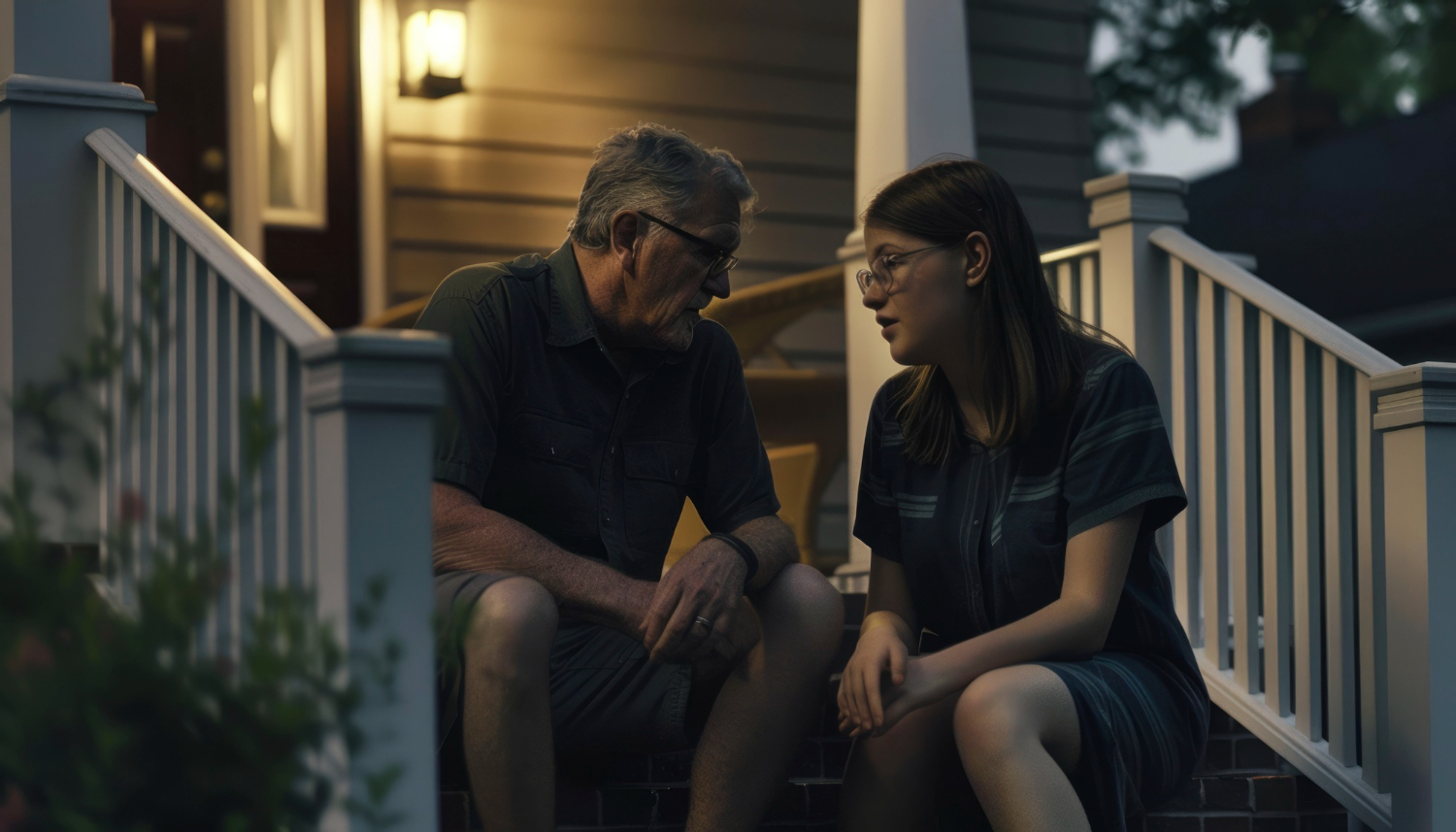Post-Traumatic Stress Disorder (PTSD) affects approximately 11-20% of veterans who served in Operations Iraqi Freedom and Enduring Freedom, about 12% of Gulf War veterans, and around 30% of Vietnam veterans during their lifetime, according to the U.S. Department of Veterans Affairs. These statistics highlight the significant impact of combat exposure on mental health and underscore the importance of proper recognition and treatment of PTSD in our veteran population.
Understanding PTSD in the Military Context
PTSD is a psychiatric disorder that can occur following exposure to traumatic events involving actual or threatened death, serious injury, or sexual violence. For veterans, these traumatic events often occur during deployment and combat operations, but can also result from military sexual trauma (MST), training accidents, or witnessing catastrophic events.
Why Veterans Are at Higher Risk
Military service members face unique stressors that contribute to their elevated risk of developing PTSD:
- Combat exposure: Direct engagement in warfare, firefights, and witnessing casualties
- Deployment stress: Extended separation from support systems, harsh living conditions, and constant vigilance
- Military sexual trauma: Approximately 1 in 4 female veterans and 1 in 100 male veterans report experiencing MST during their service
- Moral injury: Participating in or witnessing actions that contradict deeply held moral beliefs
- Reintegration challenges: Difficulty transitioning from military to civilian life
Recognizing the Signs and Symptoms of PTSD in Veterans
PTSD manifests differently in each individual, but there are common patterns of symptoms that friends, family members, and healthcare providers should be vigilant about.
Core Symptom Categories
1. Intrusion Symptoms
- Flashbacks: Vivid re-experiencing of traumatic events as if they were happening again
- Nightmares: Recurring dreams related to the traumatic experience
- Intrusive memories: Unwanted, distressing recollections of the event
- Psychological distress: Intense emotional reactions to reminders of the trauma
- Physiological reactions: Physical responses (sweating, racing heart) when reminded of the trauma
2. Avoidance Behaviors
- Efforts to avoid thoughts, feelings, or conversations about the trauma
- Avoiding people, places, or activities that trigger memories
- Reluctance to discuss military experiences
- Social withdrawal and isolation
- Emotional numbing or detachment
3. Negative Alterations in Cognition and Mood
- Inability to remember important aspects of the traumatic event
- Persistent negative beliefs about oneself, others, or the world
- Distorted thoughts about the cause or consequences of the event
- Persistent negative emotional state (fear, anger, guilt, shame)
- Diminished interest in previously enjoyed activities
- Feelings of detachment from others
- Inability to experience positive emotions
4. Alterations in Arousal and Reactivity
- Irritable behavior and angry outbursts
- Reckless or self-destructive behavior
- Hypervigilance (being constantly on alert)
- Exaggerated startle response
- Problems with concentration
- Sleep disturbances
Warning Signs Specific to Veterans
- Combat-specific triggers: Reactions to loud noises, crowds, or certain smells
- Anniversary reactions: Increased symptoms around dates related to traumatic events
- Difficulty in civilian settings: Feeling out of place or uncomfortable in everyday situations
- Survivor's guilt: Distress about surviving when others did not
- Substance misuse: Using alcohol or drugs to manage symptoms
According to a 2021 study published in the Journal of Psychiatric Research, approximately 50% of veterans with PTSD also meet criteria for substance use disorder, highlighting the common co-occurrence of these conditions.
The Impact of Untreated PTSD on Veterans' Lives
When left untreated, PTSD can significantly impact multiple areas of a veteran's life:
Relationships
- Difficulty maintaining intimate relationships
- Problems with trust and emotional intimacy
- Challenges in parenting and family dynamics
- Social isolation and loss of support networks
Employment
- Difficulty maintaining steady employment
- Challenges with authority figures or workplace structure
- Problems with concentration affecting job performance
- Increased workplace conflicts
Physical Health
- Higher rates of cardiovascular disease
- Compromised immune system functioning
- Chronic pain conditions
- Sleep disorders
Mental Health Comorbidities
- Depression (occurs in approximately 50% of veterans with PTSD)
- Anxiety disorders
- Substance use disorders
- Increased risk of suicide
The Department of Veterans Affairs reports that veterans with PTSD are 2-3 times more likely to attempt suicide compared to veterans without PTSD, underscoring the critical importance of early intervention and treatment.
Evidence-Based Treatment Approaches for PTSD in Veterans
Effective treatments for PTSD in veterans typically involve a combination of psychotherapy, medication, and complementary approaches. Treatment plans should be tailored to individual needs and preferences.
Psychotherapy Options
Cognitive Processing Therapy (CPT)
CPT is a 12-session structured therapy that helps veterans understand how traumatic events have affected their thinking. It focuses on challenging and modifying unhelpful beliefs related to the trauma.A 2018 study published in JAMA Psychiatry found that CPT delivered via telehealth was equally effective as in-person therapy for reducing PTSD symptoms in veterans, making this treatment more accessible to those in rural areas.
Prolonged Exposure Therapy (PE)
PE helps veterans gradually approach trauma-related memories, feelings, and situations they have been avoiding. Through repeated exposure, the power of these triggers to cause distress diminishes.The therapy typically consists of 8-15 sessions and includes:
- Education about common reactions to trauma
- Breathing retraining for anxiety management
- Real-world practice approaching safe situations that have been avoided
- Guided recounting of traumatic memories to process them effectively
Eye Movement Desensitization and Reprocessing (EMDR)
EMDR therapy involves recalling distressing images while receiving bilateral sensory input, such as side-to-side eye movements or hand tapping. This helps the brain process traumatic memories in a new way.
Cognitive Behavioral Therapy (CBT)
CBT helps veterans identify and change negative thought patterns and behaviors associated with trauma. It teaches practical strategies to improve coping skills and reduce symptoms.
Medication Options
Several medications have demonstrated effectiveness for PTSD symptoms:
SSRIs and SNRIs
Selective serotonin reuptake inhibitors (SSRIs) and serotonin-norepinephrine reuptake inhibitors (SNRIs) are first-line medication treatments for PTSD.
- Sertraline (Zoloft) and Paroxetine (Paxil) are FDA-approved for PTSD treatment
- Fluoxetine (Prozac) and Venlafaxine (Effexor) have also shown effectiveness
These medications can help reduce all PTSD symptom clusters and are often beneficial for comorbid depression and anxiety.
Other Medication Options
- Prazosin: May help reduce nightmares and improve sleep in veterans with PTSD
- Mood stabilizers: Can help with irritability and mood swings
- Atypical antipsychotics: Sometimes used as adjunctive treatment for severe symptoms
A 2020 review in the Journal of Clinical Psychiatry found that combination treatment with both psychotherapy and medication often produces better outcomes than either approach alone for veterans with severe PTSD.
Complementary and Integrative Approaches
Many veterans benefit from complementary approaches alongside traditional treatments:
Mindfulness-Based Stress Reduction (MBSR)
MBSR teaches veterans to focus on the present moment without judgment. A 2018 study published in Depression and Anxiety demonstrated significant symptom reduction in veterans who completed an 8-week MBSR program.
Yoga for PTSD
Trauma-sensitive yoga programs designed specifically for veterans can help reconnect mind and body, reduce hyperarousal, and improve emotional regulation.
Outdoor and Adventure Therapy
Programs involving outdoor activities and team challenges can help veterans build confidence, develop positive coping skills, and connect with others who have shared experiences.
Service Dogs
Specially trained PTSD service dogs can provide comfort, increase feelings of safety, and help veterans navigate triggering situations. The VA is currently conducting research on their effectiveness.
Resources and Support Systems for Veterans with PTSD
VA Healthcare Services
The Department of Veterans Affairs offers comprehensive PTSD treatment through:
- VA Medical Centers: Provide specialized PTSD programs and mental health services
- Vet Centers: Offer readjustment counseling and PTSD treatment
- Community-Based Outpatient Clinics (CBOCs): Provide local access to VA healthcare
- VA PTSD Mobile Apps: Free apps like PTSD Coach offer self-management tools
Crisis Support
- Veterans Crisis Line: 1-800-273-8255 (Press 1) - Provides 24/7 crisis intervention
- Make the Connection: Online resource connecting veterans to stories of recovery and support options
Peer Support Programs
- Peer Specialist Programs: Connect veterans with trained peer support specialists who have lived experience with PTSD
- Veteran Service Organizations: Organizations like Wounded Warrior Project and Team Red, White & Blue provide community and peer support
Family Support Resources
- Family therapy sessions through the VA
- Caregiver Support Program for families of severely affected veterans
- Educational resources to help families understand PTSD
How Family Members and Friends Can Help Veterans with PTSD
Education and Understanding
Learning about PTSD is the first step in supporting a veteran:
- Understand that PTSD is a normal response to abnormal situations
- Recognize that recovery is possible with proper treatment
- Learn about specific triggers and warning signs for your loved one
Communication Strategies
- Listen without judgment or pressure to discuss traumatic experiences
- Avoid statements like "you should be over it by now" or "just try to forget about it"
- Express support without pitying or treating the veteran as fragile
- Respect boundaries around discussing military experiences
Practical Support
- Offer to accompany the veteran to appointments
- Help research treatment options
- Create a low-stress home environment
- Develop safety plans for managing crises
- Encourage healthy routines and self-care
Taking Care of Yourself
Supporting someone with PTSD can be challenging:
- Seek your own counseling or support groups for military families
- Maintain your own interests and activities
- Set appropriate boundaries to prevent burnout
- Connect with other families experiencing similar challenges
Breaking Down Barriers to PTSD Treatment
Despite available treatments, many veterans face barriers to receiving care:
Stigma and Misconceptions
Military culture often emphasizes strength and self-reliance, making it difficult for some veterans to acknowledge psychological wounds. Efforts to combat stigma include:
- Peer-to-peer outreach programs
- Public education campaigns featuring respected military leaders
- Integration of mental health screening into routine healthcare
Practical Barriers
- Geographic access: Many veterans live far from specialized PTSD treatment facilities
- Wait times: Some VA facilities have long waiting lists for specialized care
- Provider shortages: Limited availability of clinicians trained in military culture
Solutions include:
- Telehealth options to improve access
- Community Care programs allowing veterans to see non-VA providers
- Mobile Vet Centers that bring services to rural areas
Promising Developments in PTSD Care
Recent advances are making treatment more accessible and effective:
- Telehealth expansion: The VA's telemental health program now reaches veterans in rural and underserved areas
- Precision medicine approaches: Research is exploring genetic and biological markers to match veterans with the most effective treatments
- Virtual reality exposure therapy: Allows for controlled simulation of traumatic environments
- Accelerated treatment protocols: Some evidence-based therapies are being adapted to more intensive, shorter-duration formats
Prevention and Early Intervention Strategies
Early identification and intervention can significantly improve outcomes:
Resilience Training
Pre-deployment resilience training programs like Comprehensive Soldier Fitness aim to build psychological strength before trauma exposure.
Post-Deployment Screening
Routine screening for PTSD symptoms after deployment helps identify veterans who may need support before symptoms become severe.
Stepped Care Models
This approach matches the intensity of treatment to the severity of symptoms, ensuring appropriate resources are provided efficiently.
Conclusion: The Path Forward for Veterans with PTSD
While PTSD presents significant challenges for many veterans, there is substantial reason for hope. With proper recognition, evidence-based treatment, and strong support systems, recovery is achievable.Key takeaways include:
- PTSD is a normal response to abnormal circumstances, not a weakness or character flaw
- Early recognition and intervention improve outcomes
- Multiple effective treatment options exist and can be tailored to individual needs
- Social support from family, friends, and fellow veterans plays a crucial role in recovery
- Systemic improvements in accessibility, research, and veteran-centered care continue to evolve
By increasing awareness, reducing stigma, and ensuring access to effective treatments, we can better serve those who have served our country.
References
- U.S. Department of Veterans Affairs National Center for PTSD
- The Journal of Clinical Psychiatry: Evidence-Based Treatments for PTSD
- JAMA Psychiatry: Telemedicine for PTSD Treatment
- Department of Defense Deployment Health Clinical Center
- American Psychological Association: Clinical Practice Guidelines for PTSD





























